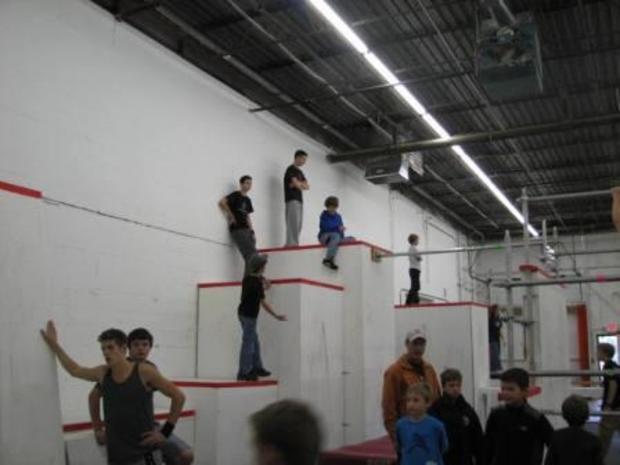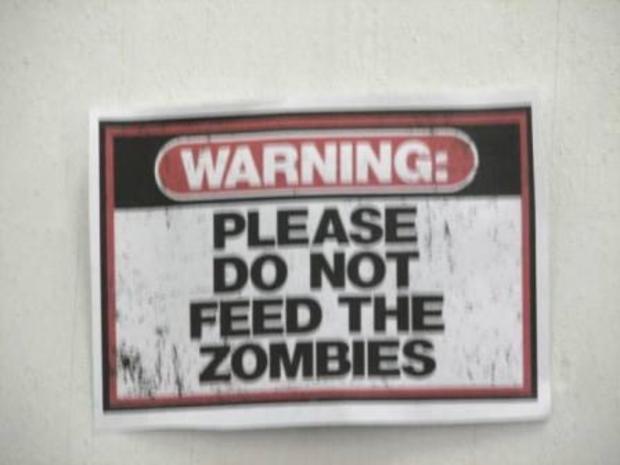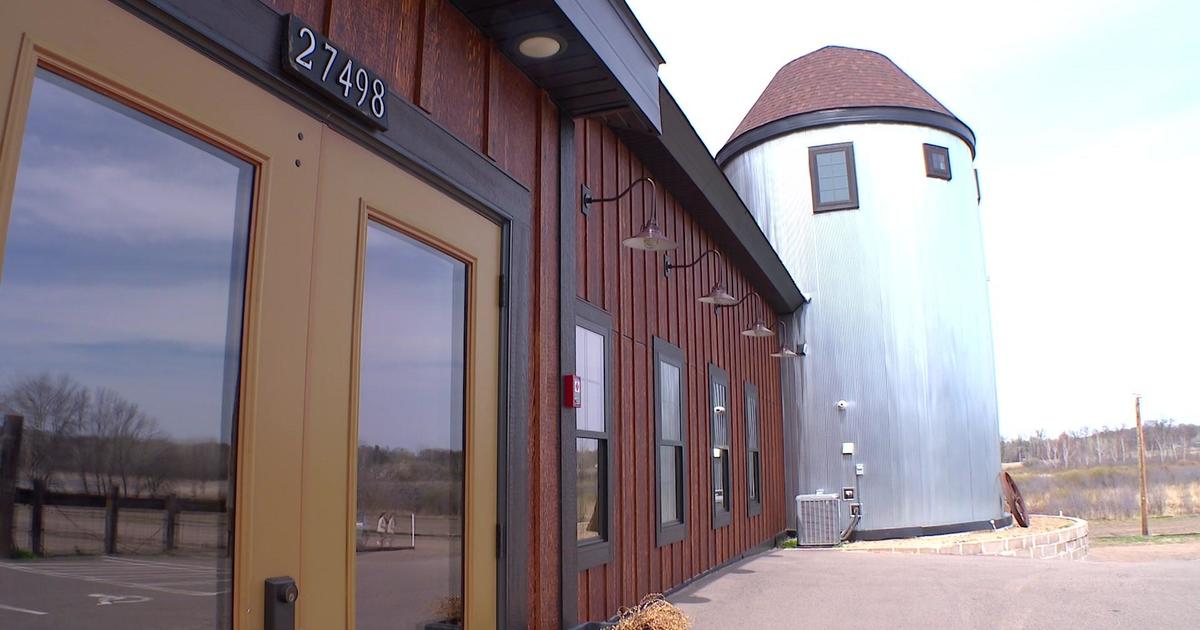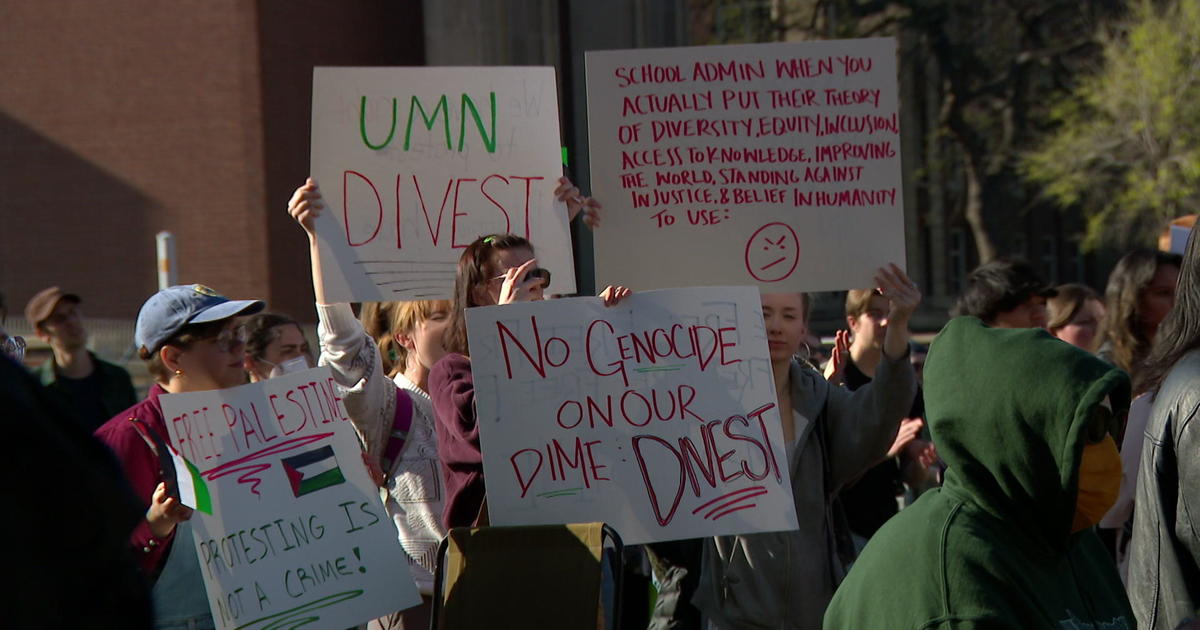Wander Minnesota: Running Free
You're watching an action flick, and there's a crazy on-foot chase, and the actors are leaping over walls, across buildings, rolling, dodging, making seemingly split-second decisions on what acrobatic move to make next. And you think, hey, that looks like fun, I wonder if I could learn to do that?
The answer to that is: yes, thanks to Chad Zwadlo.
Chad is the proprietor of the recently opened Fight or Flight Academy in Edina, which will teach budding athletes the finer points of parkour and freerunning (as shown in the video above), as well as karate, wing chun, weaponry, even breakdancing.
I had a chance to interview Chad this week after a highly successful grand opening last weekend.
Q: How did you get started with parkour?
Chad: I got into Karate when I was 14 and absolutely loved it. I trained 4 or 5 days a week for 2-4 hours a day and eventually started getting into the extreme flipping crazy competition style martial arts. When I was big into that I started watching videos of the big stunt/martial art teams across the world (like Team Ryouko from Canada and Saltomortalez, from Prague, I believe) and they were doing this urban tricking thing that really interested me. About seven years ago I found a video of Oleg Vorslav called "Russian Climbing" which was one of the first big freerunning videos that came out. From that day on I pretty much decided that it was something I needed to do.
Q: What's the difference between parkour and freerunning?
Chad: Parkour was the original training method designed by a French firefighting chief named Raymond Belle. He learned the techniques while in the military in Vietnam when training with obstacle courses for escape tactics. He brought his training home with him and taught his firefighters with the idea that there should never be someone in a burning building that you can't get to in order to save their life. So parkour is purely getting from one point to another as quickly, efficiently, and safely as possible.
At the same time, that man taught his son those techniques. His son (David Belle) brought that training to the playground and taught it to his friends so they could play with it and it sort of evolved into the sport that we now call freerunning, which adds all the flips and tricks and crazy stuff. Freerunning is basically poetry in motion and being creative and expressing yourself through your movements. It doesn't need to just be the quickest way to get from one point to another, but it does still need to use most of the basic principles of movement from parkour. If all someone is doing is a bunch of flips and jumping off stuff, it's not freerunning.
Q: What are some common misconceptions about these activities?
Chad: As with everything new and different, there's a ton of misconceptions people have about parkour. First of all, people think it's dangerous. In fact it's probably one of the safest sports you can do. Yes, we train in a dangerous environment, but that's what makes it safe. We respect the environment we train in and know that it's unforgiving. This means we have to learn to do thing extremely well and start by mastering the basics before we move on to the things you typically see in YouTube videos. Sometimes we say, "Jump off a one-foot thing 1,000 times before you jump off a 2-foot thing." The only injuries I've ever seen (and there have been very few) have been from beginners trying things that they were clearly not ready for. No one sees the years of training that are behind the crazy YouTube videos.
Another big misconception people have is that we're just a bunch of hooligans out causing trouble and breaking stuff. We actually try really hard not to damage anything that we train on. If we break it, we can't train on it anymore, so that doesn't help anyone. We even have a philosophy called "Leave no trace" in our community. Anywhere that we train, we want you to never know we were there. A lot of times we'll pick up other people's trash and clean up our training grounds as much as we can. We want it to be nice when we use it as well. We're trying extremely hard as a community to not end up with the same sort of stigma that skateboarders ended up with.
The final misconception I'd like to mention is that people think what we do can only be done by extremely athletic young men. Parkour was designed with efficiency of natural human movement in mind, and this means it can be done by anyone. Men and women, short and tall, skinny and fat, young and old; it really doesn't matter. The sport is about learning how to move YOUR body through any environment. Yes, the techniques you use may be different than a young athletic man, but it's still parkour and it's still good. There's certainly no reason to be afraid of starting, just make sure you don't skip the progressions and master the basics first.
Q: Why do you do parkour? What's so special about it?
Chad: Parkour is a way to bring back our inner child. I've talked to so many adults who have all said the same thing: "I used to do this all the time when I was a kid, but we never had a name for it." We all played when we were kids, but for some reason society tries to tell us that we aren't allowed to as an adult. We're trying to teach people that playing the way kids do again is quite possibly the best way to stay in shape. Would you rather sit in a gym and job on a stationary treadmill for an hour, or would you rather come outside and play "the ground is lava" with us for an hour? I guarantee you'll get a better workout and have a lot more fun outside with us.
As long as you pay attention to a basic Fight or Flight Academy rule:
Note: my teenage son has taken classes from Chad, and comes home dripping in sweat and in the best mood. You can't possibly need more of a testimonial than that!
What else is happening in our state? Be sure to check out the 10 p.m. Sunday night WCCO newscasts, where you can learn more in the weekly segment, Finding Minnesota.






